Research has shown that proper nutrition can extend your lifespan and improve a person’s quality of life. An optimal diet may lead to less heart disease, obesity, high blood pressure, diabetes, and some forms of cancer. Good eating habits throughout life can help to promote physical and mental well-being. For older adults, eating right can help to minimize the symptoms of age-related changes that may cause discomfort. Although the aging process affects some people differently than others, everyone can benefit from eating a well-planned nutritious diet.
Are Nutritional Needs Different for Older Adults?
- Physiological changes occur slowly over time in all body systems and are influenced by life events, illnesses, genetic traits and socioeconomic factors.
- Generally, older adults take in less calories, than younger people. This may be due, in part, to a natural decline in the rate of metabolism as people age. It may also reflect a decrease in physical activity. If calorie intake is too low, then intakes of necessary nutrients may also be low.
- As people age, problems such as high blood pressure or diabetes become more common, necessitating certain dietary modifications.
- As people age, digestive system problems become more common, and some people may have trouble chewing or swallowing.
- For everyone, it is beneficial to eat well and understand some nutrition basics.
What is Malnutrition and how do I avoid it?
- Malnutrition is a critical health issue among older adults caused by eating too little food, too few nutrients, and by digestive problems related to aging.
- Malnutrition causes fatigue, depression, weak immune system, anemia, weakness, digestive, lung, and heart problems.
- To prevent malnutrition as you age: Eat nutrient-packed food, have flavorful food available, snack between meals, eat with other people as much as possible, get help with food preparation.
What are Current Dietary Recommendations for Older Adults?
Fruit: Choose color-rich choices like berries or melons. Aim for 2-3 servings a day.
Veggies: Choose antioxidant-rich dark, leafy greens, such as kale, spinach, and broccoli as well as colorful vegetables such as carrots and squash. Try for 2-3 cups every day.
Calcium: Maintaining bone health as you age depends on adequate calcium intake to prevent osteoporosis and bone fractures. Older adults need 1,200 mg of calcium a day through servings of milk, yogurt, or cheese. Non-dairy sources include broccoli, almonds, and kale.
Grains: Be smart with your carbs and choose whole grains over processed white flour for more nutrients and more fiber. Healthy fats: Because fat is so dense in calories, a little can go a long way in making you feel full and keeping you feeling fuller for longer.
Healthy fats include:
- Monounsaturated fats are found in foods such as olive oil, avocados, nuts (like almonds, hazelnuts, and pecans), and seeds (such as pumpkin, sesame).
- Polyunsaturated fats include Omega-3 fatty acids, found in fatty fish such as salmon, herring, mackerel, anchovies, and sardines. Other sources include flaxseed and walnuts.
- Avoid Trans fats which are found in commercially baked goods, packaged snack foods, fried food, and anything with
“partially hydrogenated” oil in the ingredients.
Protein: Adults over 50 without kidney disease or diabetes need about 1 to 1.5 grams per kilogram (2.2lbs) of body weight (0.5 g of protein per lb. of body weight is close enough).
Water: Drinking water regularly may help us to avoid urinary tract infections, constipation, etc.
Vitamin B: After the age of 50, your stomach produces less gastric acid making it difficult to absorb vitamin B-12—needed to help keep blood and nerves healthy. Get the recommended daily intake (2.4 mcg) of B12 from fortified foods or a vitamin supplement.
Vitamin D: With age, our skin is less efficient at synthesizing vitamin D, so consult your doctor about supplementing your diet with fortified foods or a multivitamin, especially if you’re obese or have limited sun exposure.
Cut down on sugar and refined carbs: Unlike complex carbs that are rich in fiber, refined or simple carbs (such as white rice, white flour, refined sugar) can lead to a dramatic spike in blood sugar, followed by a rapid crash which leaves you feeling hungry and prone to overeating.
Eat more fiber: Women over 50 should aim to eat at least 21 grams of fiber per day, men over 50 at least 30 grams a day. Good sources of fiber include whole grains, wheat cereals, barley, oatmeal, beans, nuts, vegetables such as carrots, celery, and tomatoes, and fruit.
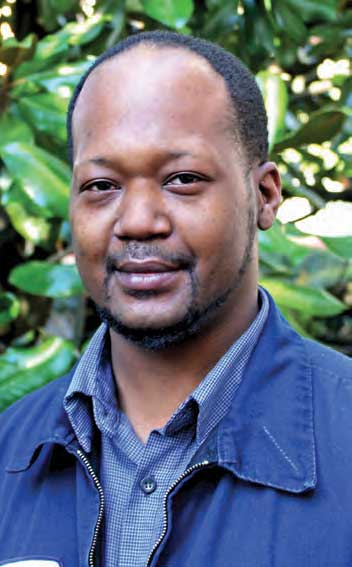


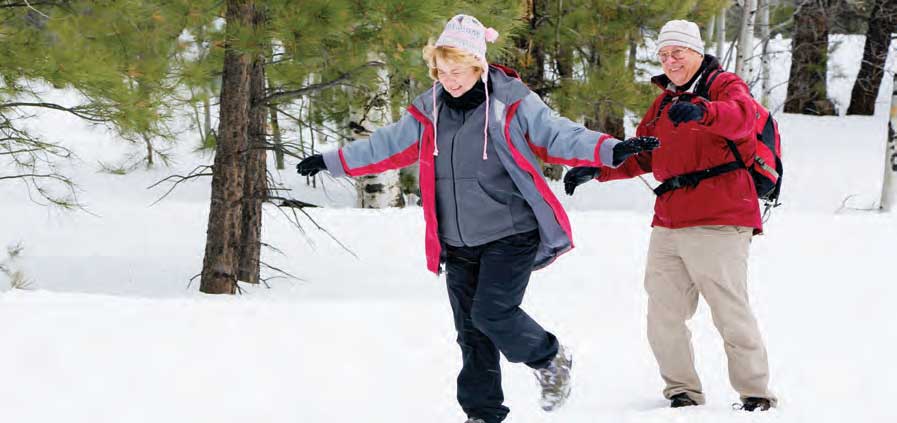

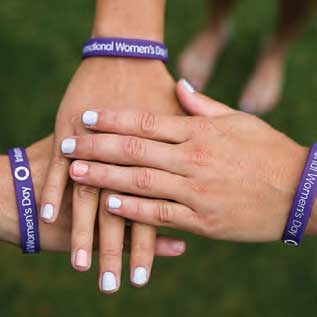


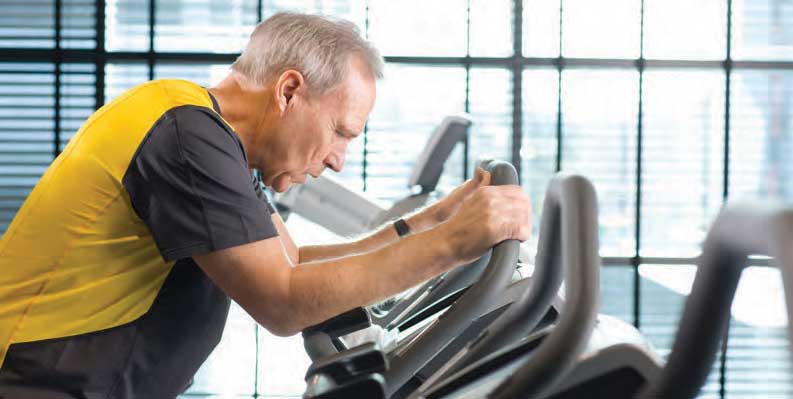
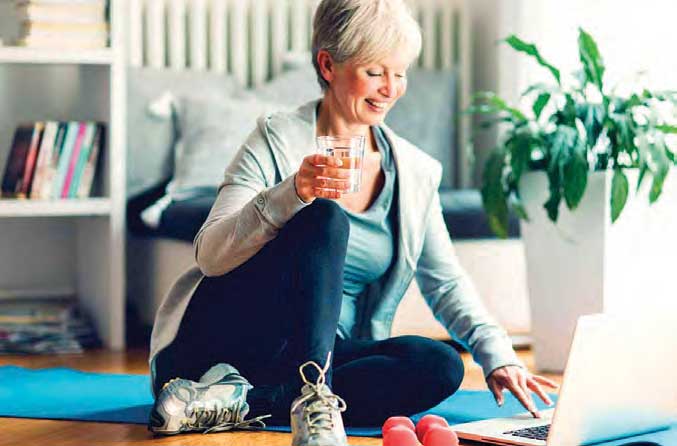
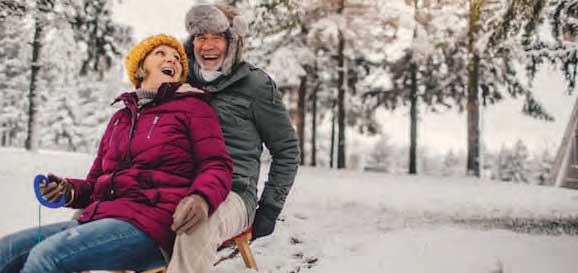

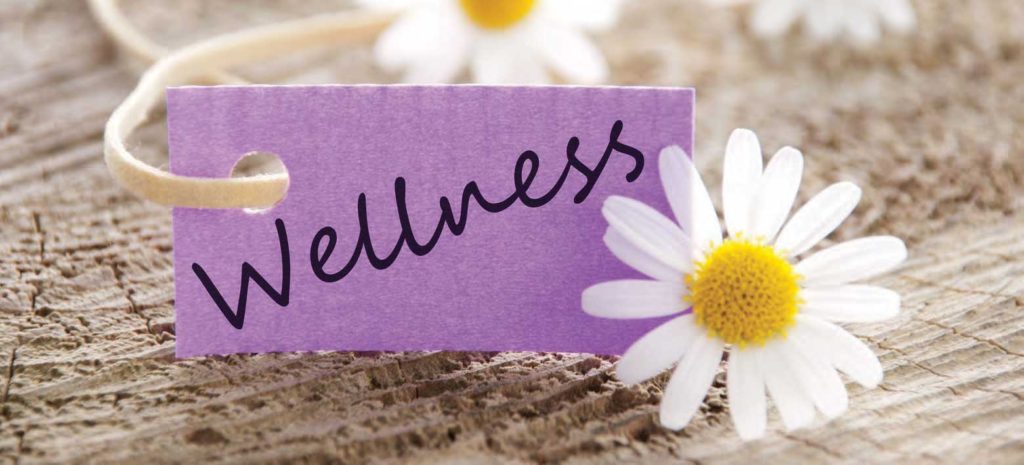
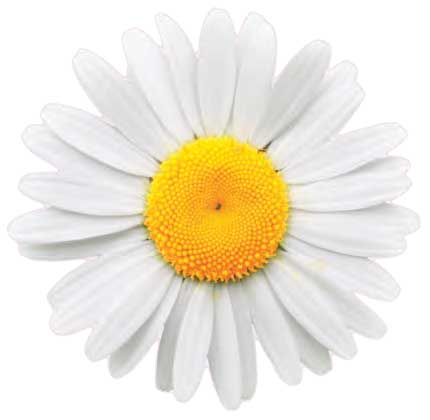



 © 2025 Kirby Pines LifeCare Community. All Rights Reserved |
© 2025 Kirby Pines LifeCare Community. All Rights Reserved | 